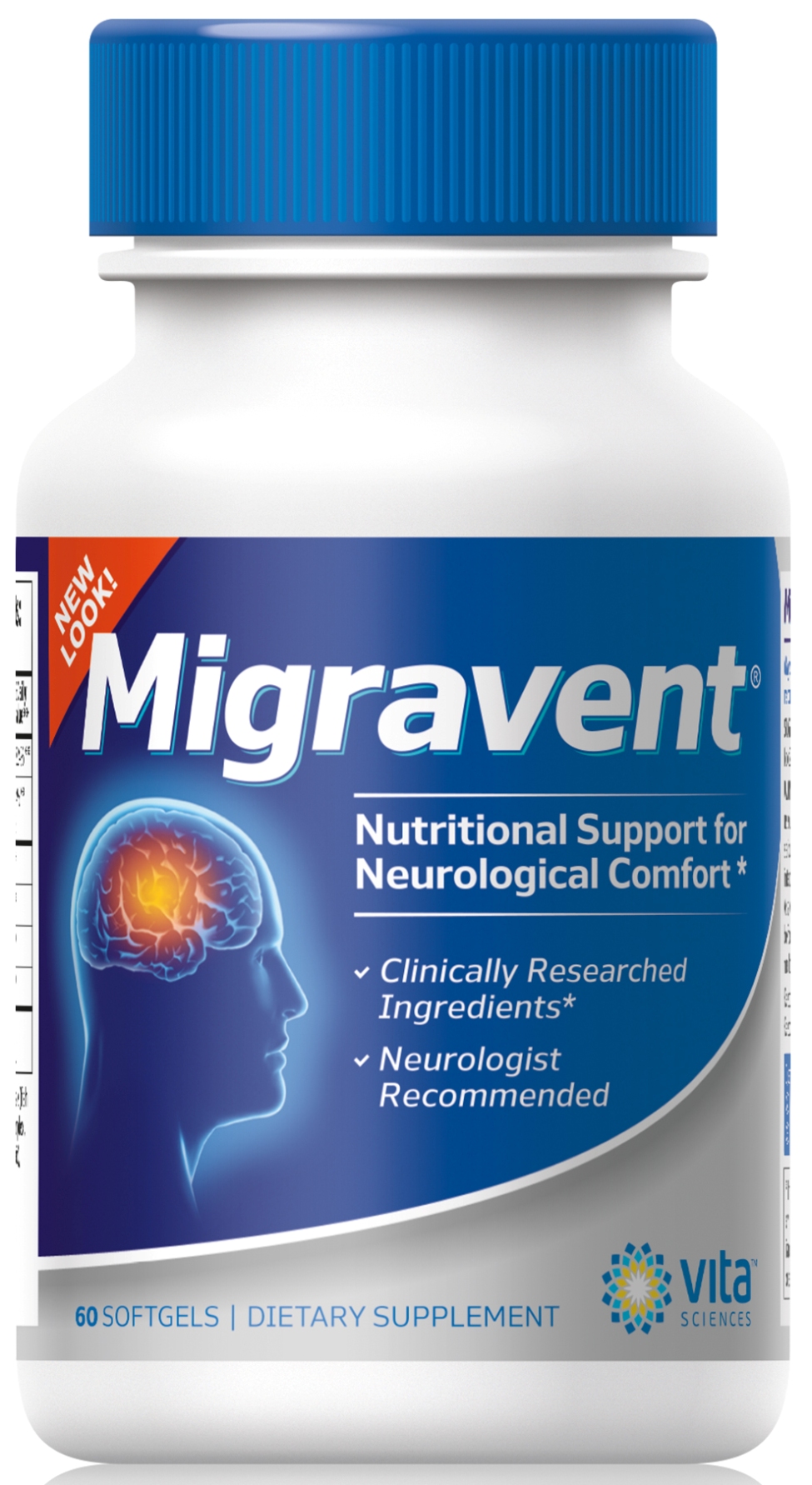Tracking headache triggers in a migraine diary is one of the best things you can do for yourself in migraine prevention, but it requires dedication. Many people are hesitant to commit to a migraine journal, because they’re afraid it will be overwhelming, or not effective. Nothing could be further from the truth!
Using a migraine diary efficiently doesn’t need to be time-consuming, and it may provide some important clues in finding out what factors most influence how often you get migraine attacks.
Why keep a migraine diary?
Studies show that the best way to prevent migraine attacks is to practice trigger avoidance. By eliminating certain foods from your diet and practicing good “migraine hygiene,” you will effectively reduce the number of migraine headaches you get each month substantially.
What’s the catch? Well, you need to know what those migraine triggers are…and the best way to find out what’s causing your migraines is to play detective. By tracking down helpful clues in your migraine diary, you learn more about hidden factors that provoke migraine attacks- things in your daily life, like sleep habits, hormone levels, vitamin deficiencies, even the weather!
While many migraine advocacy sites offer free templates to help you start your own migraine diary, you don’t need to access the Net just to keep track of migraine attack triggers; a simple pencil and notepad is sufficient and more practical for on-the-fly notes and availability when you’re not getting a Wifi signal.
7 important items to list in your migraine diary
1- Date and time
This is basic- always list the date, day of the week, and time when you first start noticing the beginnings of a migraine headache, including symptoms such as tiredness, elation, changes in appetite, strange scents, and migraine auras.
Also, keep track of when your headache ended, and how long it took you to recuperate.
2- Rate the pain
On a scale of one through ten, was this the worst headaches you’ve ever experienced, or was it on the usual pain threshold? Did your headache start at one side of the face and spread out, or was it confined to one specific area of your head?
3- Food
There are hundreds of food items that may contribute to migraine headaches, so it’s important to always write down what you eat each day. Migraine triggers in food vary for each individual, so don’t compare your red-light foods to others who suffer from chronic migraine attacks.
Here is a list of migraine food triggers.
4- Sleep
Did you sleep in? Weekend headache is a common trigger for migraines, as it disturbs your body’s need for regularity. Take notes if you fall asleep for a nap in the afternoon, or wake up later than usual while on vacation.
5- Weather changes
What was the weather like today? Was it very hot and humid? You may find that you’re more prone to migraines during certain seasonal changes. While you can’t avoid the weather, you can take measures to control symptoms that trigger migraine attacks. Keep the windows shut during pollen season, or run a humidifier in your office when the air is dry.
6- Physical activity
Believe it or not, some migraine attacks are started by even mild physical exertion. “Exercise migraines” can also happen from coughing, strong bowel movements, sudden jerks of the head, or sexual intercourse.
Read more about exertion migraines.
7- Unusual headaches
This may be the most crucial, yet most underappreciated detail to include in your migraine diary. Migraine attacks usually follow a pattern; migraines with aura are preceded by unusual visual disturbances, sudden fatigue, and increased sensitivity to bright lights, sounds, and scents.
If you experience any out-of-the-ordinary headache symptoms, then keep track of all the details and speak to your doctor.
8- Medications and natural treatments
Which migraine preventatives are you using, and how much? If you took over-the-counter or prescription pain relievers, then keep track of how many milligrams you consumed each day.
This can also be an effective way to determine if your natural migraine treatments are working well!
If you’re currently taking butterbur extracts, magnesium pills, vitamin B2, or coenzyme Q10 tablets for migraines, then write down the amount you are using and the time of day you take your supplements.
Often, natural vitamins and minerals can help migraines significantly, but you need to know how much your body needs in order to control biochemical reactions that trigger migraines.
Want to make it easier? Opt for natural migraine pill formulas that combine all four ingredients in one dose. Experiment with different times of the day for supplementation, and vary the amount you take to get the best results.
Your turn!
Do you have any questions or suggestions? Please leave your comments below.
Share with your friends!
If you found this article helpful, then please share with your friends, family, and coworkers by email, twitter, or Facebook.
Like this? Read more:
How to Make a Migraine Headache Diary
Migraine Headaches- Top 7 FAQ’s
Image courtesy of samuiblue/freedigitalphotos



